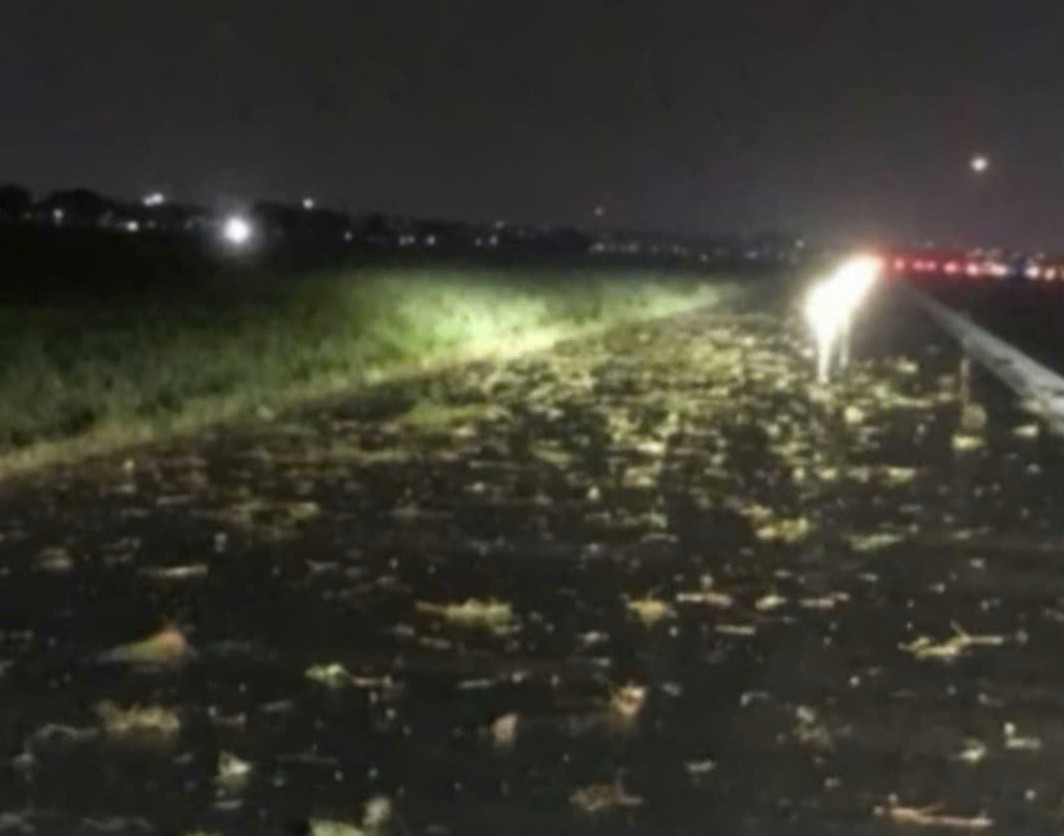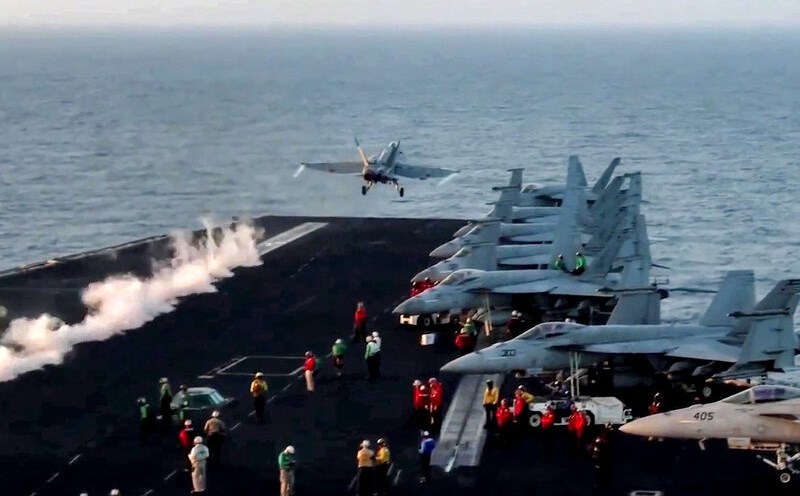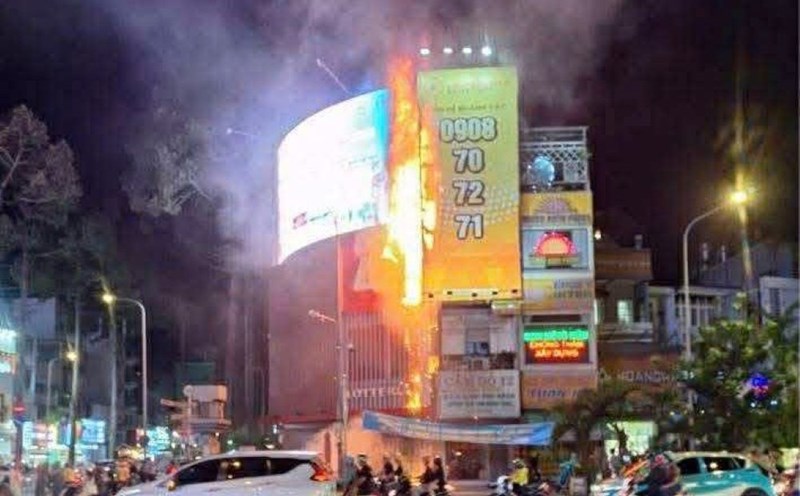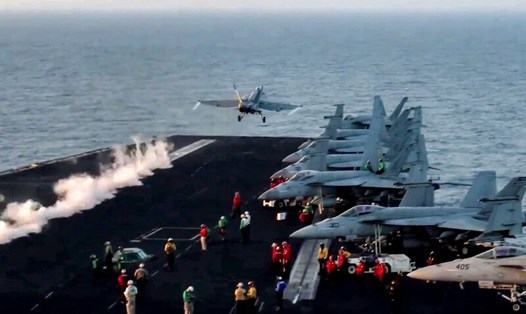On May 11, the Ministry of Construction signed a telegram on strengthening the work of ensuring traffic safety on highways, aviation safety, maritime and inland waterways.
According to the dispatch, the Ministry of Construction requested the Civil Aviation Authority of Vietnam to urgently report the cause, organize a meeting to learn from experience, and explain the aviation incident at Tan Son Nhat airport (May 7, 2025) in accordance with the procedures for ensuring aviation safety.
At the same time, resolutely implement a plan to enhance aviation safety during the peak summer tourism season in 2025.

According to the Tan Son Nhat Airport Operations Center, the A320 aircraft with registration number VJ1149 of Vietjet Air on the Hanoi - Ho Chi Minh City route had an accident when landing on runway 25R of Tan Son Nhat airport at 5:30 p.m. on May 7.
According to the flight crew's report, when the plane approached runway 25R, Tan Son Nhat reported windy weather, with a view of 9km and light rain. The flight team approached the airspace stably at an altitude of more than 457m, after which the command post allowed landing with a warning that the visibility could decrease and the rain was approaching.
The flight crew determined that at that time, there were still enough conditions to land, so they continued; runway lights, runway heart lights, access lights... were all clearly lit for the landing area. There was rain at the time of landing.
The flight team has landed on the prescribed area, the right heart of the runway. However, when the nasal wheel and pulling backwards were covered by the rain, the water sliding effect appeared, causing the plane to slip and the result was the middle of the right to cross the runway.
When pulling the plane into the parking lot and waiting for the rain to open the door, the flight team went to check the more, the engine and alert for the next team as well as the stakeholders.
A representative of Vietjet airline said that when VJ1149 landed at Tan Son Nhat airport, there was heavy rain and strong winds, accompanied by sudden fluctuations in the cross-field wind, which was disadvantageous for the normal landing process. However, the flight still landed safely according to the correct route under the control of the crew.
After the plane stopped at the landing location and passengers were taken to the terminal, technical inspection activities were quickly deployed, without affecting general operations at the airport. The crew handled the situation quickly and professionally, following the correct procedures in unusual weather conditions, ensuring absolute safety for passengers.
The leaders of the Civil Aviation Authority said that they are setting up an investigation team to coordinate with all parties to verify the cause of the incident.











